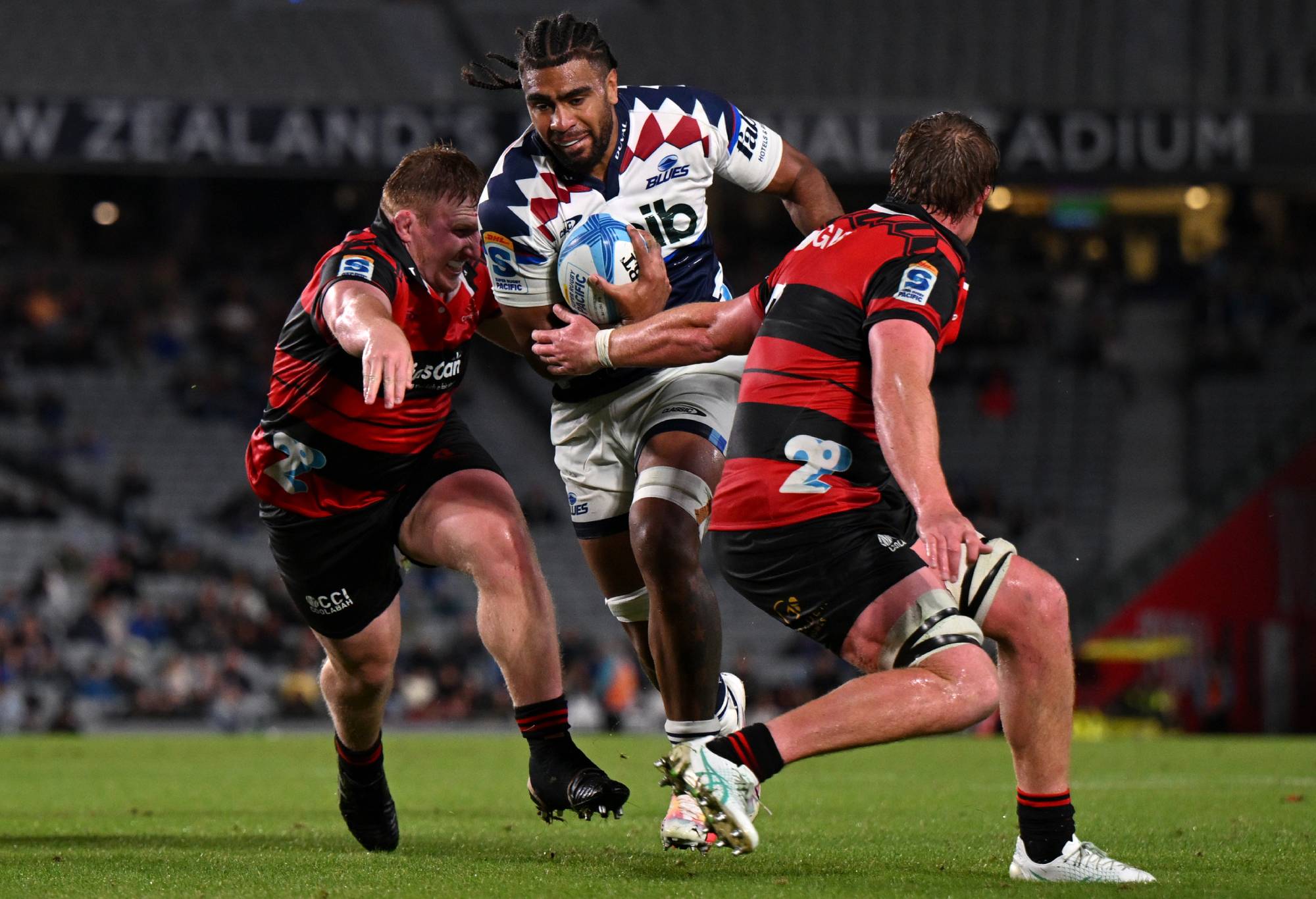World club rugby power rankings: How Super Rugby’s best teams compare with the northern giants

Rugby is a parochial labyrinth of byzantine offices, leagues, unions, competitions, and calendars.
And that’s just the eastern suburbs of Sydney.
Diffusion of power is not all bad. As an earlier column described, there is a danger of both French leagues being richer than all others combined, if in fact we ever had the transparency to know it.
As centres of rugby power proliferate from the traditional hotbeds of the southern tip of Africa and the South of France, the northern stretch of New Zealand, the East Midlands, Welsh valleys, and Ireland’s powerful schools into new climes, we are entering a fascinating possibility of a changing of the guard, and even a world in which the best clubs of Japan or the Americas might take the worst of the “big four” leagues (the Top 14, the Premiership, Super Rugby Pacific, and the United Rugby Championship) in a one-off match or home-and-away series.
Rating relative merits of the four big leagues and the four subordinate ones (League One, Super Rugby Americas, Pro D2 and Major League Rugby, if the Currie Cup and NPC are seen as largely subsumed) is one of those academic or perhaps even religious debates in which nobody can be proven right or wrong, even when three of the four big leagues compete in the European Champions Cup, because everyone has an alibi.
Still, when we look at the top of the top leagues in 2024, the hierarchy of the best versus the best seems to suggest this order: (1) Top 14, (2) URC, (3) SRP, and (4) parity-stricken Premiership. A lot of daylight still seems to exist between the best of these four leagues.
Watch every match of Super Rugby Pacific ad-free, live & on demand on the Home of Rugby, Stan Sport
My latest rankings, which I have unimaginatively called The Harry Index, has this world top ten of clubs, using what I have called a highly subjective yet soberly objective assessment:
1. Toulouse
2. Blues
3. Leinster
4. Hurricanes
5. Toulon
6. Stade Francais
7. Bordeaux
8. Bulls
9. Munster
10. Chiefs
(Four from the Top 14, three from URC and SRP, none from England). My second ten were:
11. Saracens
12. Glasgow
13. Stormers
14. Brumbies
15. Bath
16. Bristol
17. Saints
18. Ulster
19. La Rochelle
20. Edinburgh
This brings the totals to: URC (7), Top14 (5), SRP (4), Prem (4).
Cross-league competitions do not answer all the questions, particularly when draws are as exotic as the Champions League was this year.
Northern Hemisphere fans seem to recoil at New Zealand teams like the Blues being ranked above Toulon or Saracens, citing scrum weakness, which only shows not only have they not watched Auckland play lately, but have not even bothered to identify the All Black props on their teamsheet.
In addition, if any of Caleb Clarke, Mark Telea, Rieko Ioane, Hoskins Sotutu, or Dalton Papalii wanted to become the highest paid player on a Premiership team, it would take one very short and lucrative text, not even a call or email.
Hoskins Sotutu of the Blues charges forward during the round five Super Rugby Pacific match between Blues and Crusaders at Eden Park, on March 23, 2024, in Auckland, New Zealand. (Photo by Hannah Peters/Getty Images)
When we imagine the bottoms of each league battling the top of one of the “next four” leagues, it is even more difficult.
The Top 14 is stacked with talent; local players bolstered in all the right places from abroad. Toulouse, Stade Francais, Bordeaux, Toulon, Racing 92, and La Rochelle could be its own super league, replete with Test players on their benches. The relegation risks (Oyonnax and Montpellier) are as wealthy as any Super Rugby Pacific team and can be replaced by Pro D2 dynamos Provence or Vannes.
The threat of dropping probably means that the bottom of the Top 14 is not bad, but one wonders if Oyonnax could deal with the 16-0 Wild Knights of Saitama, coached by Robbie Deans, which starts Shota Horie at hooker, Lood de Jager at lock, Lachlan Boshier at flank, Rikiya Matsuda at flyhalf, Damian de Allende in the midfield, Marika Koroibete on the wing.
The URC has proper powerhouse Leinster with a handful of worthy contenders (Munster, the Bulls, the Stormers, Glasgow, Ulster, and Edinburgh) but bottom dwellers Zebre would not be certain favourites against Heyneke Meyer’s Houston SaberCats of the MLR at a neutral field. The SaberCats are a physically imposing side who would know precisely how to put an Italian team in a bind.
Super Rugby Pacific strugglers New South Wales and Moana Pasifika are adrift and if they had to play Todd Blackadder’s Toshiba Brave Lupus in Tokyo, with Richie Mo’unga, Shannon Frizell and Michael Leitch, it is not clear things would go any better than they do in Fiji nowadays.
(Photo by Joe Allison/Getty Images)
In this light, if we give all eight of these leagues another four years to grow (and occasionally cull) before rugby’s first Club World Cup is set to begin in June of 2028, ditching the Champions Cup for that season, and likely pulling in six Super Rugby teams plus two Japanese clubs to square off with eight European (and South African) clubs in a knockout month of matches.
The old romantics of the Super 18 may already be thinking this through: in a very odd world, we could see a Club World Cup with 12 teams who used to play Super Rugby.
Or the French and the clout of their Euros may prevent it still, leaving us only with uncertain and made up indices like mine.
